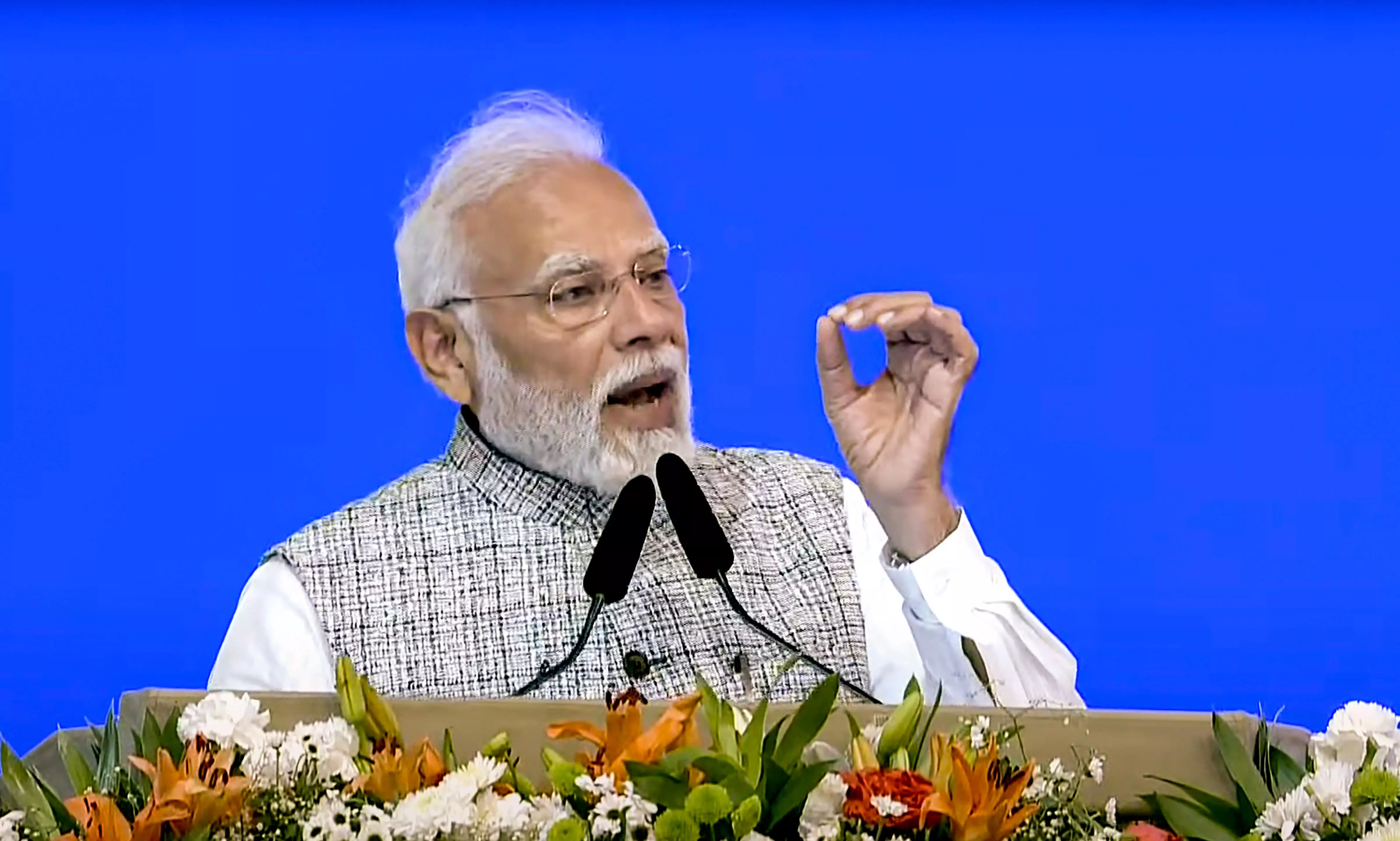The Prime Minister Interact with the Legislature

In a parliamentary system of government, the Prime Minister interacts with the legislature in various ways, reflecting the close relationship between the executive and legislative branches. Here are some key ways in which the Prime Minister interacts with the legislature:
Legislative Agenda Setting: The Prime Minister, as the head of government, plays a crucial role in setting the legislative agenda. They work with their cabinet and party members to identify policy priorities and propose new legislation or amendments to existing laws.
Addressing the Legislature: The Prime Minister often addresses the legislature directly, either in person or through representatives. This may include delivering speeches, presenting government policies, or participating in debates on important issues.
Question Time: In many parliamentary systems, the Prime Minister participates in regular sessions of "question time" in the legislature. During these sessions, members of the legislature have the opportunity to ask the Prime Minister questions about government policies, actions, and decisions. The Prime Minister is expected to respond to these questions and be held accountable for government actions.
Debates and Discussions: The Prime Minister may participate in debates and discussions in the legislature on various matters of national importance. They may defend government policies, respond to criticisms, and seek support for legislative initiatives.
Introducing Legislation: The Prime Minister, along with their cabinet ministers, introduces government bills and proposals to the legislature. They are responsible for explaining the purpose and objectives of these legislative measures and for advocating for their passage.
Negotiating with Parliamentarians: The Prime Minister engages in negotiations and consultations with members of the legislature to build support for government initiatives. This may involve discussions with members of their own party, as well as with opposition parties and independent lawmakers.
Vote of Confidence: In parliamentary systems, the Prime Minister's government is usually subject to a vote of confidence in the legislature. This vote typically occurs after a general election or in situations where the government's majority is in question. The Prime Minister must secure the support of the majority of legislators to remain in office.
Committee Participation: While not as common, the Prime Minister may also participate in parliamentary committees that oversee specific areas of government policy or conduct inquiries into matters of public concern.
Overall, the interaction between the Prime Minister and the legislature is fundamental to the functioning of parliamentary democracy. The Prime Minister must navigate the legislative process, build coalitions, and garner support for government policies and initiatives in order to effectively govern.
Thank you,
